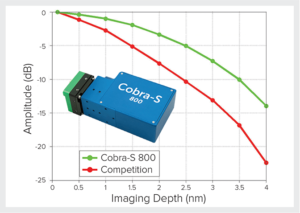APPLICATION
Solutions for Spectroscopy, TCSPC & Imaging
Optimizing OCT Spectrometer Performance
Applying spectroscopy know-how to OCT advantage
Over a decade ago, our optical engineering team began applying their considerable expertise in spectroscopy to the design of the ultimate OCT spectrometer. The result was the Cobra spectrometer, well-known for its performance in OCT applications. These spectrometers have several features that make them well-suited for OCT imaging:
- High-efficiency diffraction gratings with low-polarization dependent lossWP-Cobra-S-spectrometer
- Integration with high-speed and high sensitivity cameras (we’ve found the best!)
- Compact and robust design for OEM integration & tight spaces
While these features are critical, the need for excellent roll-off reigns supreme when it comes to selection of an OCT spectrometer. We mitigate this need through the use of OCT-specific features like single-mode fiber input and tall-pixel cameras, and proprietary focusing optics that are near diffraction-limited.
Off-the-shelf optics often fail to deliver high clarity OCT images because the optical constraints to obtain good roll-off are so stringent. The spot size on the pixel should theoretically be small. In addition, near diffraction limited performance is required across a long array of pixels. These optical design constraints and requirements differ significantly from standard imaging applications, and require spectrometer optics designed specifically for the needs of OCT.
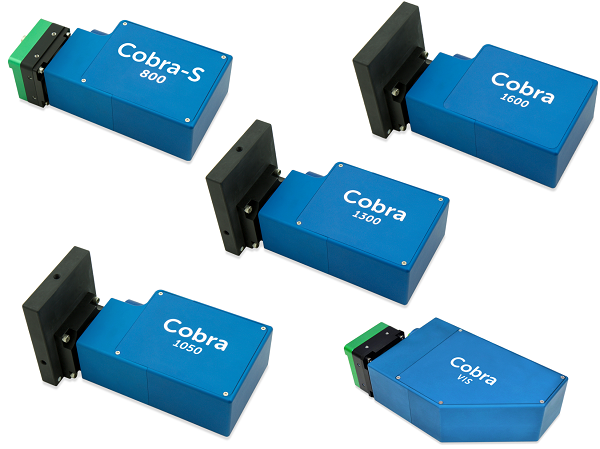
An optical face-off: Cobra spectrometer vs off-the-shelf optics
The difference in performance is tangible when comparing an optimized Wasatch Photonics Cobra OCT spectrometer design against a spectrometer built with a standard off-the-shelf achromatic lens. We can see from both the MTF (modulation transfer function) curves and spot diagrams that it is extremely important to have a custom optical design to obtain good signal in an OCT spectrometer.
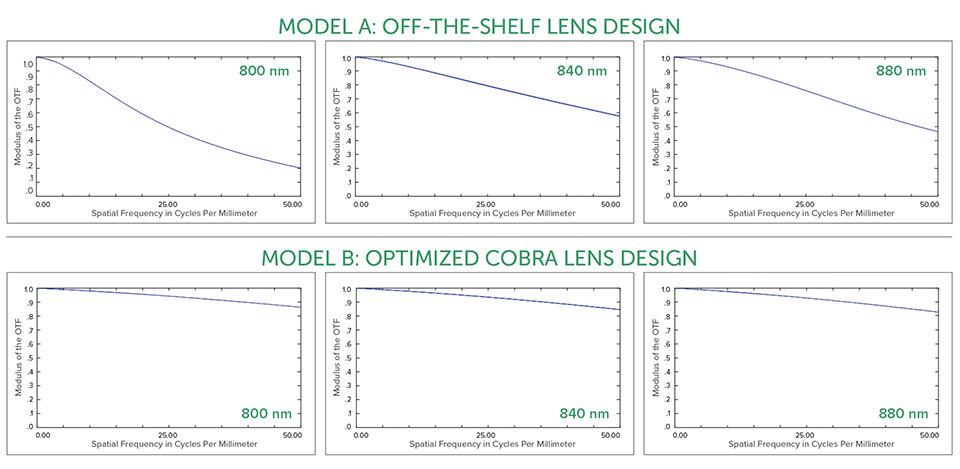
Comparison of the polychromatic diffraction modulation transfer function (MTF) for a diffractive OCT spectrometer as simulated with best available off-the-shelf lenses (model A) and fully optimized, custom designed lenses used in our Cobra spectrometers (model B). MTF calculations are shown for the short, center, and long wavelength ends of the camera array (800, 840, and 880 nm, respectively).
In this simulation, we compare the performance of our proprietary Cobra spectrometer design against an optical design using off-the-shelf lenses. Despite optimizing the combination of off-the-shelf lenses, we see that the Cobra design performs significantly better. The Cobra spectrometer shows excellent modulation transfer functions (MTF) across the entire field, while the standard lenses show significant degradation of the MTF at the camera extremes.One can see that the MTF for Cobra spectrometers are better than 80% for 50 lines/mm frequency, corresponding the Nyquist frequency of a 10 μm pixel width. The off-the-shelf design, in contrast, is around 60% for the central wavelength and falls as low as 20% on the short wavelength side.
A similar effect can be seen via simulated ray tracing on the image plane in Zemax. The off-the-shelf designs have much larger spot sizes compared to the Wasatch Photonics Cobra designs; note a 50 μm scale is needed for the off-the-shelf design (top) vs a much finer 10 μm scale for the Cobra spectrometer (bottom). The larger spot sizes for the off-the-shelf designs represent extra aberrations, and result in poor roll-off performance.
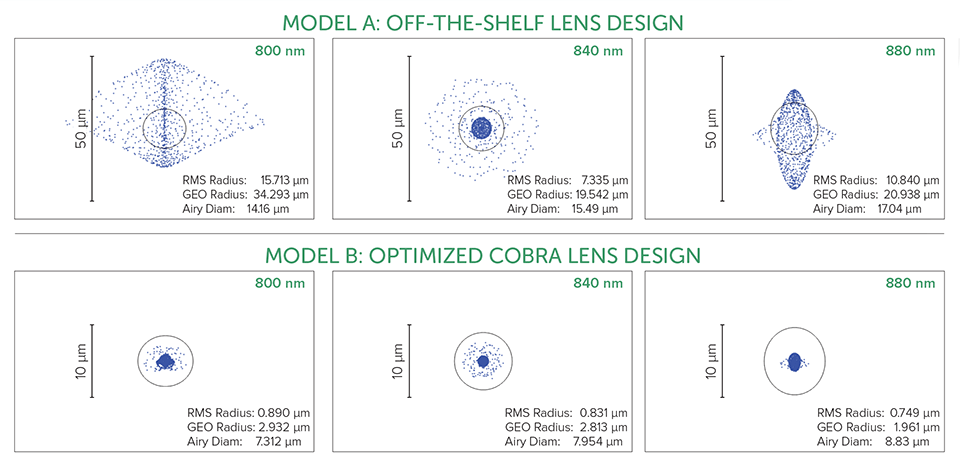
Cobra-S: The Next Generation in SD-OCT
While careful optical design geared specifically for OCT can help to significantly reduce the degree of roll-off in an OCT system, crosstalk between camera pixels limits the performance that can be achieved. That’s why we work closely with the best camera providers in the industry to test the newest sensors, moving quickly to integrate those that perform best into our Cobra product family.
The e2v OctoPlus camera is one such sensor, and we’ve already built it into our new Cobra-S spectrometer. Though the OctoPlus camera is newly launched, Wasatch has been working with the camera since the early stages of system testing, and is the first and only commercial OCT spectrometer provider to offer this revolutionary camera. With high sensitivity and low crosstalk, this camera enables the Cobra-S to >40% better roll-off and greater clarity than any other OCT spectrometer. Most surprising, however, is its 250 kHz scan rate, allowing the Cobra-S to operata at 2-3x the speed of any other off-the-shelf spectrometer. |
|
At 250 kHz scan rates and < 6 dB roll-off for 2.5 mm imaging depths, the Cobra-S is a major challenger to swept source systems, approaching the roll-off and speed of SS-OCT concurrently with the cost and resolution advantages of SD-OCT.
OCT + Spectroscopy = Better together
While an expert in spectroscopy may not understand OCT and vice versa, working with a company that understands the intricacies of theory and design in both fields can dramatically reduce your system design & build time, while significantly improving performance. At Wasatch Photonics, we combine our optimized OCT spectrometer optical designs with the newest and highest quality cameras on the market to offer you the best in OCT spectrometers, like the Cobra-S.
Select the Cobra OCT spectrometer family optimized to your specific needs:
| Product Family | Models Available | Key Benefit | Applications |
| Cobra VIS | 400-700 nm (80-200 nm bandwidths) | Maximum information – blood oxygenation mapping | Angiography, 3D blood oxygenation mapping, high-res retinal imaging, 3D microscopy |
| Cobra-S 800 | 650-950 nm (28-300 nm bandwidths) | Maximum speed & resolution | Retinal & anterior chamber imaging, angiography, vibrometry, real-time 3D imaging, material inspection |
| Cobra 800 | 650-950 nm (60-300 nm bandwidths) | 4096 pixel camera | Legacy design; niche applications |
| Cobra 1050 | 1000-1110 nm (110 nm bandwidth) | Maximum versatility | Choroidal imaging, retinal vasculature, guided photocoagulation therapy |
| Cobra 1300 | 950-1690 nm (73-500 nm bandwidths) | Maximum imaging depth | Dermatology, anterior segment imaging, sub-surface material inspection |
| Cobra 1600 | 1450-1690 nm (240 nm bandwidth) | Highly scattering samples | Optical coherence microscopy, intravascular OCT, non-destructive testing |

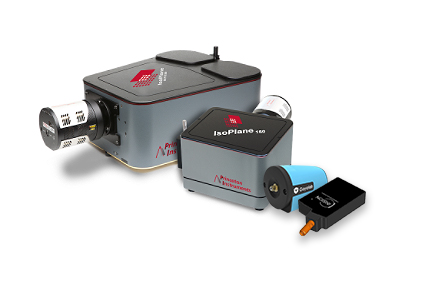
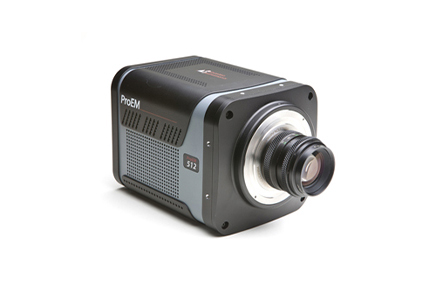
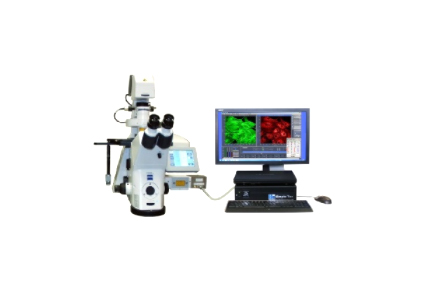
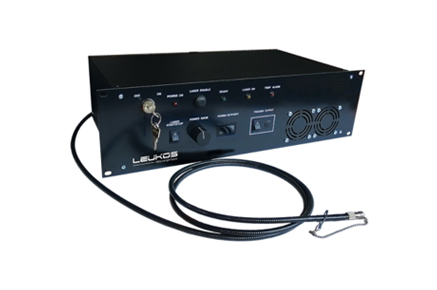
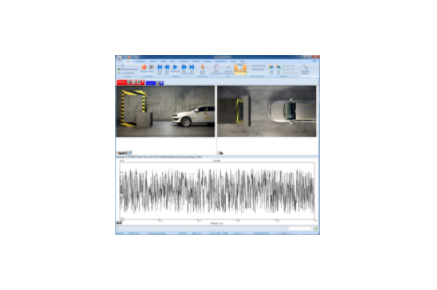
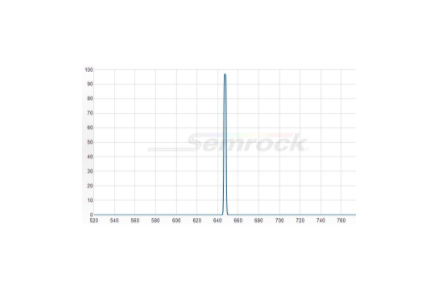
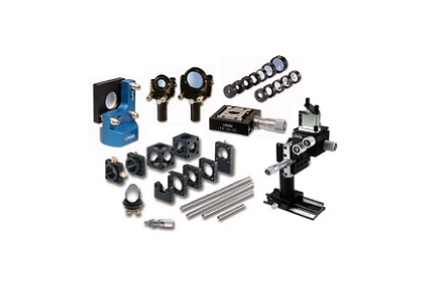
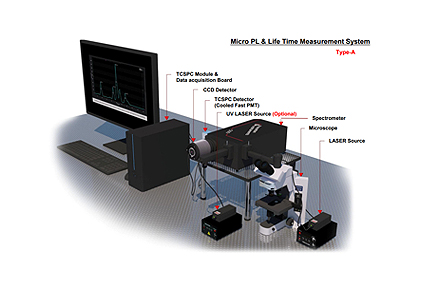
.png)
